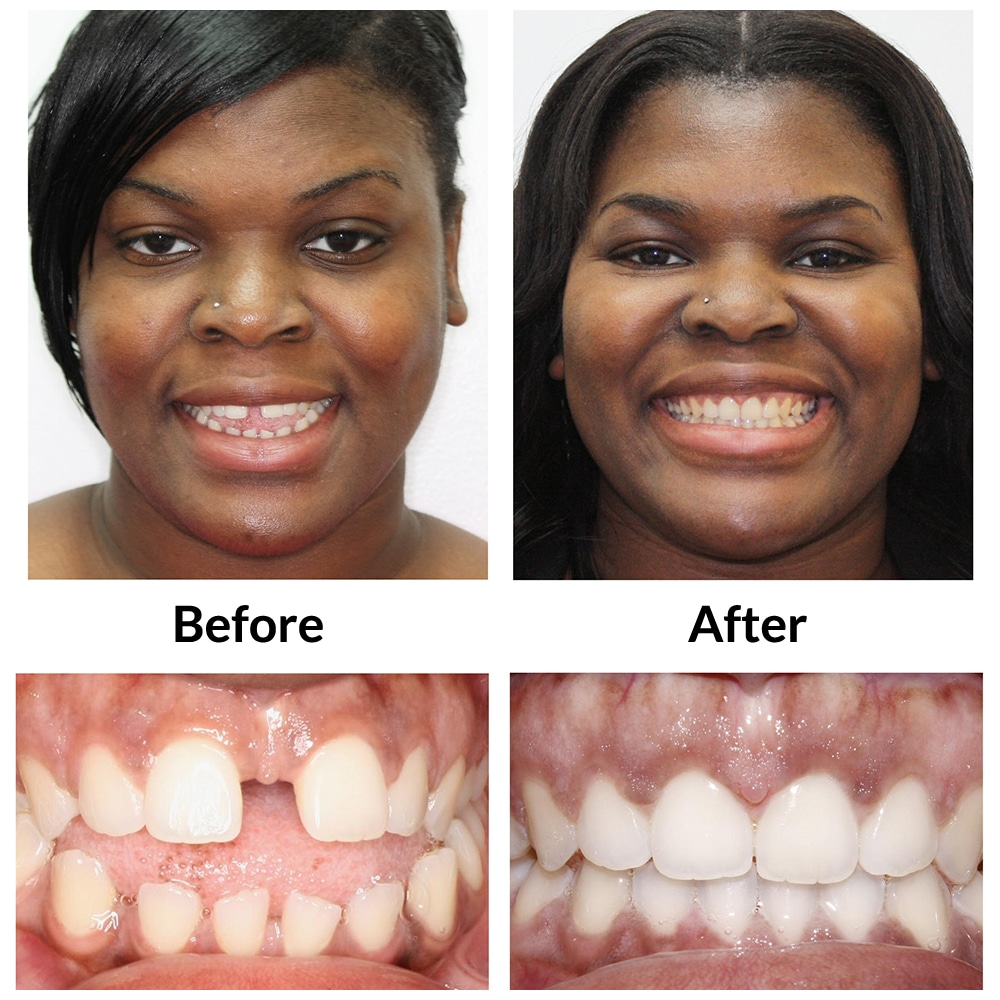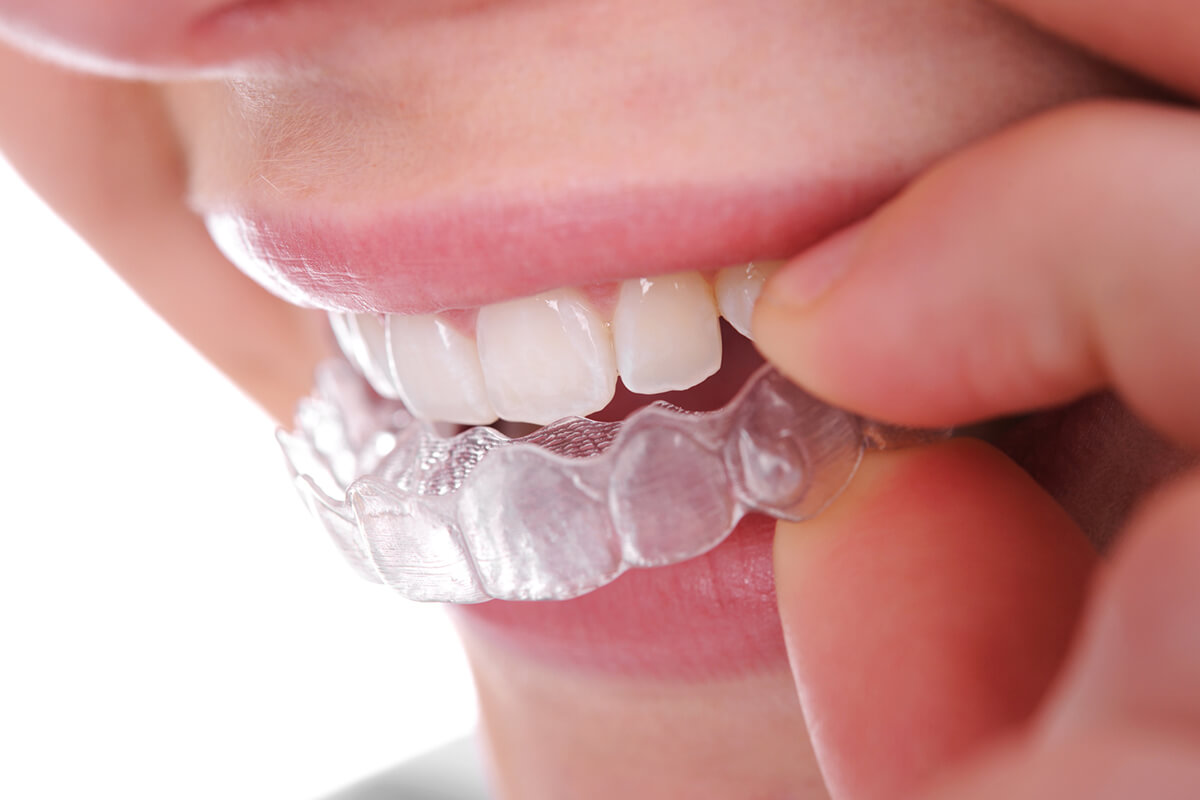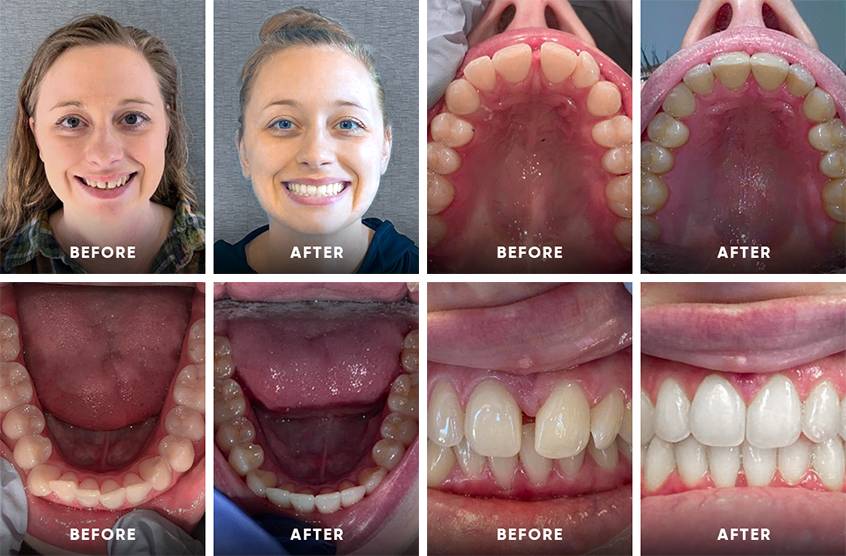The Ultimate Comparison: Invisalign vs. Traditional Dental braces for Adults
The Ultimate Comparison: Invisalign vs. Traditional Dental braces for Adults
Blog Article
Invisalign vs. Traditional Braces: Which Option Is Right for You?
When thinking about orthodontic treatment, the selection between Invisalign and traditional braces provides numerous important aspects that merit mindful assessment. Invisalign provides a very discreet alternative with removable aligners, while traditional braces provide a more visible yet reliable option for serious misalignment. Each choice incorporates distinctive benefits and disadvantages associated with aesthetic appeals, convenience, therapy duration, and expense. Comprehending these nuances is essential for making an informed choice that lines up with your personal preferences and way of living. The question continues to be: which option will finest satisfy your orthodontic needs and expectations?
Overview of Treatment Options

On the other hand, standard dental braces are composed of metal braces and cords that are bonded to the teeth. This approach applies continual pressure gradually to achieve positioning. While effective for complicated orthodontic problems, typical dental braces call for regular check outs for modifications and can posture difficulties in preserving oral health because of the problem of cleaning up around brackets and wires.
Both alternatives have their qualities, and the choice commonly rests on details oral conditions, way of life choices, and individual compliance. Ultimately, seeking advice from an orthodontic expert is crucial for determining the most ideal therapy strategy customized to specific demands. Recognizing the subtleties of each option can significantly influence the general success of orthodontic treatment.
Aesthetic Considerations
A considerable variable affecting the option in between Invisalign and typical braces is the visual allure each therapy offers. Invisalign aligners are crafted from clear plastic, making them virtually invisible when used.
On the other hand, standard braces include steel braces and wires, which can be a lot more visible. While advancements in orthodontic innovation have caused the growth of smaller braces and tinted elastics, standard braces still maintain an even more noticeable profile. For some people, the visibility of dental braces might prevent them from looking for necessary treatment.
Ultimately, the choice in between Invisalign and standard dental braces may rest on individual preferences pertaining to aesthetics. Individuals that prioritize discretion commonly lean toward Invisalign, while those who are much less worried concerning exposure may select typical dental braces. Recognizing the visual implications of each option is critical for making a notified decision that straightens with one's way of living and choices.
Comfort and Convenience

In terms of comfort, Invisalign aligners are removable, allowing individuals to enjoy their favored foods without constraint and preserve optimal oral hygiene. Brushing and flossing are streamlined, as the aligners can be obtained throughout these routines, whereas standard braces call for mindful maneuvering around wires and braces.
In addition, Invisalign's progressive system permits for less orthodontic gos to. More Bonuses Individuals generally receive several collections of aligners at as soon as, which can enhance the therapy process and decrease time spent in the orthodontist's chair. On the other hand, standard braces require normal changes, making them less hassle-free for those with active timetables. Invisalign. Overall, the convenience and ease of Invisalign make it an attractive selection for several individuals seeking orthodontic therapy.
Treatment Period and Performance
While both Invisalign and conventional braces are effective in remedying dental imbalances, the period of treatment can differ significantly in between both choices. Typically, Invisalign treatment can take anywhere from 12 to 18 months, depending upon the intricacy of the case. The clear aligners work by progressively shifting teeth into their preferred settings, and routine follow-ups with an orthodontist help make certain progression remains on track.
On the other hand, traditional dental braces usually need a longer dedication, normally varying from 18 months to three years. This is due to their set nature and making use of braces and wires, which can be more effective for severe imbalances and complicated instances (Invisalign). The treatment performance of typical dental braces is well-documented, as they permit for specific modifications and better control over tooth movement
Ultimately, the choice in between Invisalign and traditional braces may pivot on both the anticipated treatment period and the specific dental issues handy. Consulting with an orthodontist is critical, as they can offer customized visit their website referrals based on private requirements, making certain the picked technique straightens with wanted end results and timeframes.
Cost Comparison and Insurance Policy Choices
Price plays a substantial role in the decision-making procedure for people go to my site taking into consideration orthodontic treatment, whether opting for Invisalign or standard braces. Typically, the price of Invisalign ranges from $3,000 to $8,000, while traditional dental braces usually set you back in between $2,000 and $6,000. Factors influencing these prices consist of the complexity of the instance, the period of treatment, and geographical area.
Insurance insurance coverage can dramatically influence out-of-pocket expenses. Many dental insurance strategies give partial protection for orthodontic treatments, however the specifics can differ commonly. It is crucial for individuals to examine their insurance policies to establish the extent of coverage for either option. Generally, typical braces may be more often covered by insurance policy plans contrasted to Invisalign, which some insurers classify as an aesthetic procedure.
In addition, several orthodontic techniques supply versatile repayment plans, making both treatment options extra easily accessible. Individuals need to ask about possible financing options and price cuts for ahead of time repayments. Assessing the complete expense, consisting of insurance coverage advantages and layaway plan, is important for making an educated decision that aligns with both visual preferences and budget considerations.

Final Thought
In recap, the option between Invisalign and traditional braces hinges on numerous elements, including visual preferences, comfort, treatment duration, and expense. Invisalign uses a discreet, detachable alternative that assists in oral hygiene and nutritional adaptability, while conventional braces may be better for intricate oral issues and usually come at a reduced rate point. Eventually, assessment with an orthodontist is necessary to evaluate individual situations and figure out one of the most ideal therapy option for accomplishing ideal oral positioning.
When considering orthodontic therapy, the choice between Invisalign and typical dental braces offers a number of vital variables that warrant careful evaluation.Comparing Invisalign and conventional dental braces discloses unique treatment choices for orthodontic adjustment.While both Invisalign and conventional dental braces are effective in correcting dental misalignments, the duration of therapy can vary dramatically between the 2 options.Cost plays a substantial role in the decision-making procedure for people taking into consideration orthodontic treatment, whether opting for Invisalign or conventional dental braces.In recap, the choice in between Invisalign and standard dental braces pivots on numerous variables, including visual choices, convenience, treatment duration, and expense.
Report this page